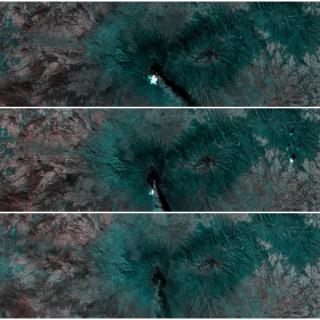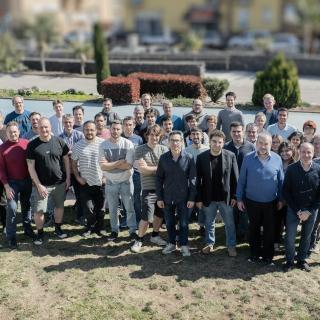
During commissioning the Canary satellite ALISIO-1 proves its efficiency by observing phenomena in over 100 regions of the world The first Canary satellite, led by the Instituto de Astrofísica de Canarias (IAC), ALISIO-1, (an acronym for Advanced Land-Imaging Satellite for Infrared Observations) was launched into space on December 1st 2023 from the Vandenberg Airforce Base in California, and in only a few months has completed the commissioning phase, the verification on orbit that all its systems are working correctly. In this phase of verification the DRAGO-2 camera has been calibrated, and



